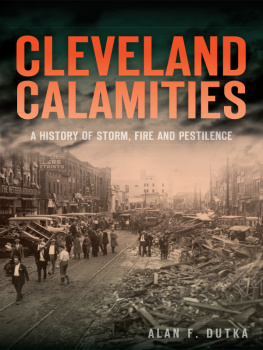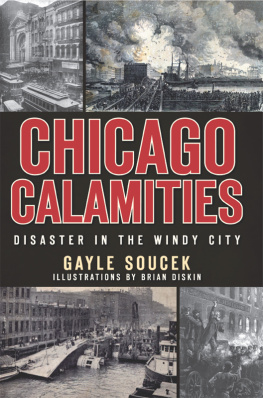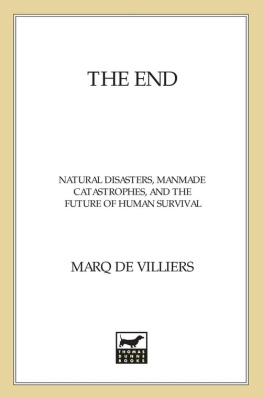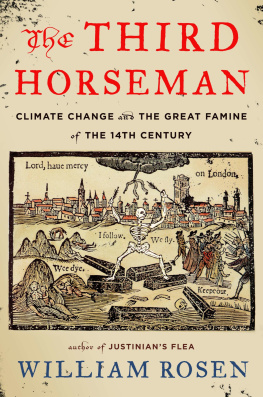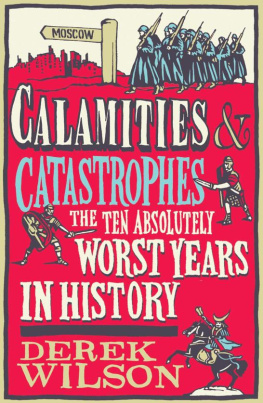MAN AND SOCIETY IN CALAMITY
MAN AND SOCIETY IN CALAMITY
PITIRIM A.SOROKIN
WITH A NEW INTRODUCTION BY IRVING LOUIS HOROWITZ
Originally published in 1942 by E.P. Dutton & Co.
Published 2010 by Transaction Publishers
Published 2017 by Routledge
2 Park Square, Milton Park, Abingdon, Oxon OX14 4RN
711 Third Avenue, New York, NY 10017, USA
Routledge is an imprint of the Taylor & Francis Group, an informa business
New material this edition copyright 2010 by Taylor & Francis.
All rights reserved. No part of this book may be reprinted or reproduced or utilised in any form or by any electronic, mechanical, or other means, now known or hereafter invented, including photocopying and recording, or in any information storage or retrieval system, without permission in writing from the publishers.
Notice:
Product or corporate names may be trademarks or registered trademarks, and are used only for identification and explanation without intent to infringe.
Library of Congress Catalog Number: 2010003718
Sorokin, Pitirim Aleksandrovich, 1889-1968.
Man and society in calamity / Pitirim A. Sorokin.
p. cm.
Reprint. Originally published: New York : E.P. Dutton, 1942.
Includes bibliographical references and index.
ISBN 978-1-4128-1449-2 (alk. paper)
1. Social psychology. 2. Social problems. I. Title.
HM1033.S668 2010
306.01--dc22
2010003718
ISBN 13: 978-1-4128-1449-2 (pbk)
Contents
Acknowledgments
The author is grateful to the following publishers for permission to quote from the books mentioned:
Allen and Unwin, Ltd., J. Burckhardt, The Civilization of the Renaissance in Italy, and J. Nohl, The Black Death.
American Book Company, Pitirim A. Sorokin, Social and Cultural Dynamics.
British Medical Journal, F. Dillon, Neuroses among Combatant Troups in the Great War, and E. Wittkower and J. B. Spillane, Neuroses in War.
Cambridge University Press, C. Creighton, History of Epidemics in Britain.
Columbia University Press, E. K. Nottingham, Methodism and the Frontier, and S. H. Prince, Catastrophe and Social Change.
Gerald Duckworth, Ltd., K. Humsun, Hunger.
Harvard University Press, A^ Lawrence Lowell, Public Opinion in War and Peace.
William Heinemann, Ltd., E. Mikkelsen, Lost in the Arctic.
Johns Hopkins University Press, W F. Albright, From the Stone Age to Christianity.
Oxford University Press, M. I. Rostovtzeff, Social and Economic History of the Hellenistic World.
Charles Scribners Sons, James H. Breasted, The Dawn of Conscience.
Man and Society in Calamity: Demythologizing Pitirim Sorokin
Pitirim Alexandrovich Sorokin is a victim of having been an iconic figure who is far better known than read. For the younger members of the sociological profession, he was a shadowy parcel to the no less iconic, but better read, C. Wright Mills. He was the author of Fads and Fallacies of Sociology, a work considered the proximate forerunner of Mills Sociological Imaginationalthough it was no such thing. Indeed, an important figure in the radical turn in present day sociology, Michael Burawoy, sees Sorokin as one of four forms of sociology. As a result he automatically assumed the mantle of an intemperate anti-establishment figure, a David who took on the Goliath of a hidebound profession, and lived to become President of its Sociological Associationat least as a result of a second try. Indeed, he was to be honored by the same group a half century after the 1959 rebellion against the orthodox defenders of war, racism, and educational establishmentswith the slogan Sorokin Livesan honor that I am confident he would have been bemused to receive.
The other extreme vision is of Sorokin as a cranky old reactionary; one held by the post World War Two generation of sociologists. It was a creaky belief in civilization as a measure of analysis and morality as a measure of human worth. He was the quintessential Harvard father figure, following George Santayana, Irving Babbitt, Hugo Muensterberg, and William James who dealt with the big themes that gave New England an Old World patina. He gave Harvard the sort of respectability that counted in the inter-war years of 1918-1938. He was certainly Abbott Lawrence Lowells type ofworldly man, and in consequence, he invited Sorokin to chair and guide its first sociology department.
But by the closing of World War Two, America had presumably come of age. The new wave advocates of the middle range teamed up with those of the small range groups like Homans and of the big range systems like Talcott Parsons, to rid themselves of a nuisance in the business way of doing things: by kicking him upstairs as the one and only member of the Department of Sociology at Harvard, while the rest of the self-declared true scientists gravitated to form a new Department of Social Relationsone that linked arms with psychology and anthropology to show just how ossified, misguided and irrelevant poor Sorokin had become. That said, it says something of the muddled state of internal departmental affairs at Harvard that George Homans was unquestionably to the political right of Pitirim Sorokin despite beating the drums for bringing back men into the fieldon the supposition that Sorokins system built on crisis response and management somehow left humans out of the reckoning. While Homans did not single out Sorokin, in all likelihood he had as his primary target, the other big picture advocate, Talcott Parsons.
Little wonder that Sorokin had inherited a mixed reputation that far exceeded the actual works of the man. It says something that on the evening of his 1965 presidential speech, a professional election that he won overwhelmingly, supper time in Chicago was a modest four person affairwith his wife and a relatively young academic: I and a departmental colleague at Washington University at the time. By demeanor and temperament Sorokin was a professional outsider, a migrant from Soviet Communism, denounced by none other than Lenin as a muddle head, and welcomed to Harvard in a pre-empirical epoch as an example of the free wheeling intellectual, more in tune with cultural values of a tottering civilization in which Spengler, Rostovtzeff, and Toynbee meant more than the new wave of empirical research and public opinion that soon swept the decks of the Ivy League.
It is nonetheless significant to point out that Sorokin underwent a series of changes in sociological emphasis if not entirely temperament: His earlier works on family and marriage and urban and rule migrations showed a strong empirical bent, with only modest touches of value added position. This was followed by a shift in which the same issues were discussed, but with a belief in the larger civilization consequences for such empirical fields. The final stage was one in which the dynamics of stratification were subsumed in an appreciation of global tendencies that were more in line with political sociology than with conventional programs of familial and individual stratification. It was this shift from the system to the person that marked the socalled humanistic phase, which in fact was a belief in the ethical and religious dimensions of social systems as such. Armed with foundation grants from pharmaceutical giants, the goals of altruistic love became the desperate answer to the tyrannies of post-war mortifications.


